|
|
A view of a Class 101 DMU approaching Redcar in the early 1980s; a previous poster had added the comment ”I hated these smelly, noisy, uncomfortable, draughty things – it made the bus worthwhile – and a car inevitable. I notice that this is before Redcar Central Station became a business park and the railway became single track.” Tom Sayers has replied with: ”These DMU1s were very comfortable and not at all draughty. This track is not, and never has been single track.”
Image courtesy of Russ Pigott and many thanks to Tom Sayers for rectifying the errors in posting.
The Class 37, like the 25 and the 20, is the unsung hero of the diesel era. A scaled down Class 40 it has pulled everything under the sun, single, double and triple-headed!
Image courtesy of Russ Pigott.
There is something about black and white and railway images, they just seem to go well together. Here, a Class 37 and a train of empties head across the new bridge at Carlin How en-route to Boulby for loading.
Image courtesy of Russ Pigott.
Possibly the same pair as the other post, just rolling with the loaded train.
Image courtesy of Russ Pigott.
Slightly contre-jour (backlight), a photograph of a couple of Class 20s in the classic nose-to-nose configuration, leaving the loading yard at Boulby Potash, bound for Saltburn Junction.
Image courtesy of Russ Pigott.
I told Russ that my favourite diesels were Class 20s, Class 25s and Class 37s – there follows a whole series of lovely images – from that privileged track-side position.
Image courtesy of Russ Pigott.
A Class 37 Diesel locomotive, number 37515, passes through Carlin How with a trainload of Potash from Boulby. Notice the panel over the aperture left from the removal of the nose doors.
Image courtesy of Raymond Brown.
Taken from the bridge at Carlin How, a train spotter’s special, or was it for Cleveland Potash’s Open Day? Raymond Brown tells me it’s from the early to mid 1980’s – the DMU colour scheme fits that era anyway!
Image and information courtesy of Raymond Brown.
Here’s a view of Skinningrove Iron Works looking in towards the Tarmac road gravel plant. Unless I’m mistaken it shows No. 1, No. 3 and No. 5 Blast Furnaces, but no Sinter Plant, so it’s after 1950 and before 1958. Derick Pearson adds: “This shows no 5 Blast Furnace, Bill Norman his website of the wartime bombing made this report: ’25 July 1941, 0125 hours. 1HE and 1UXB fell some 250yds from No.5 blast-furnace, Skinningrove Ironworks. 1HE also dropped near Low Farm, Brotton. In neither case were casualties or damage inflicted.’ For the unlearned HE means High Explosive Bomb and UXB refers to Unexploded Bomb.
Image courtesy of Bob Proctor, thanks to Derick Pearson for the update.
A long while later and the platform has gone, the car park has arrived and a special makes its way from Redcar towards Black Bridge. It must be a preserved locomotive on a charter run!
Image courtesy of Mike Holliday.
|
|
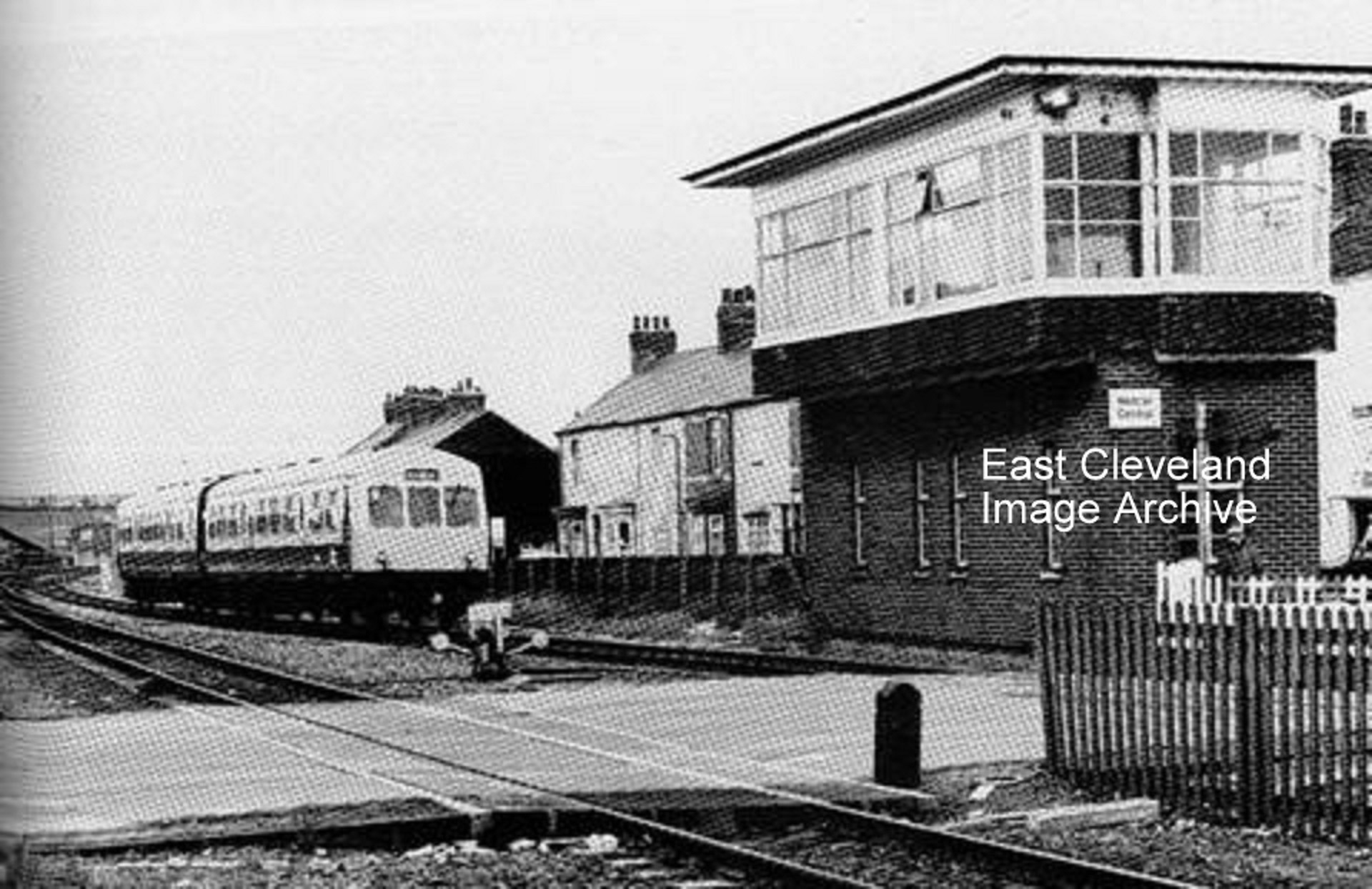
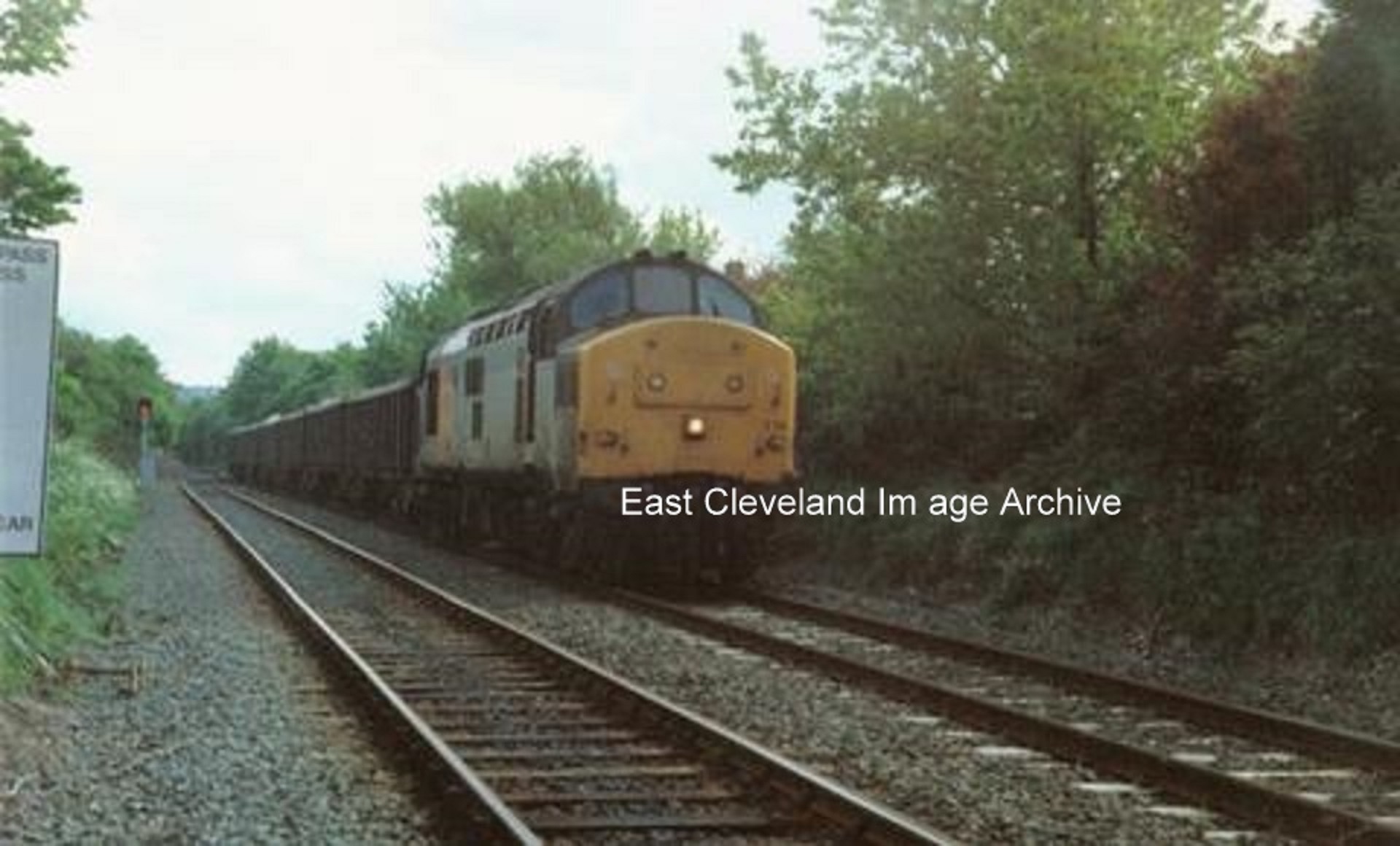
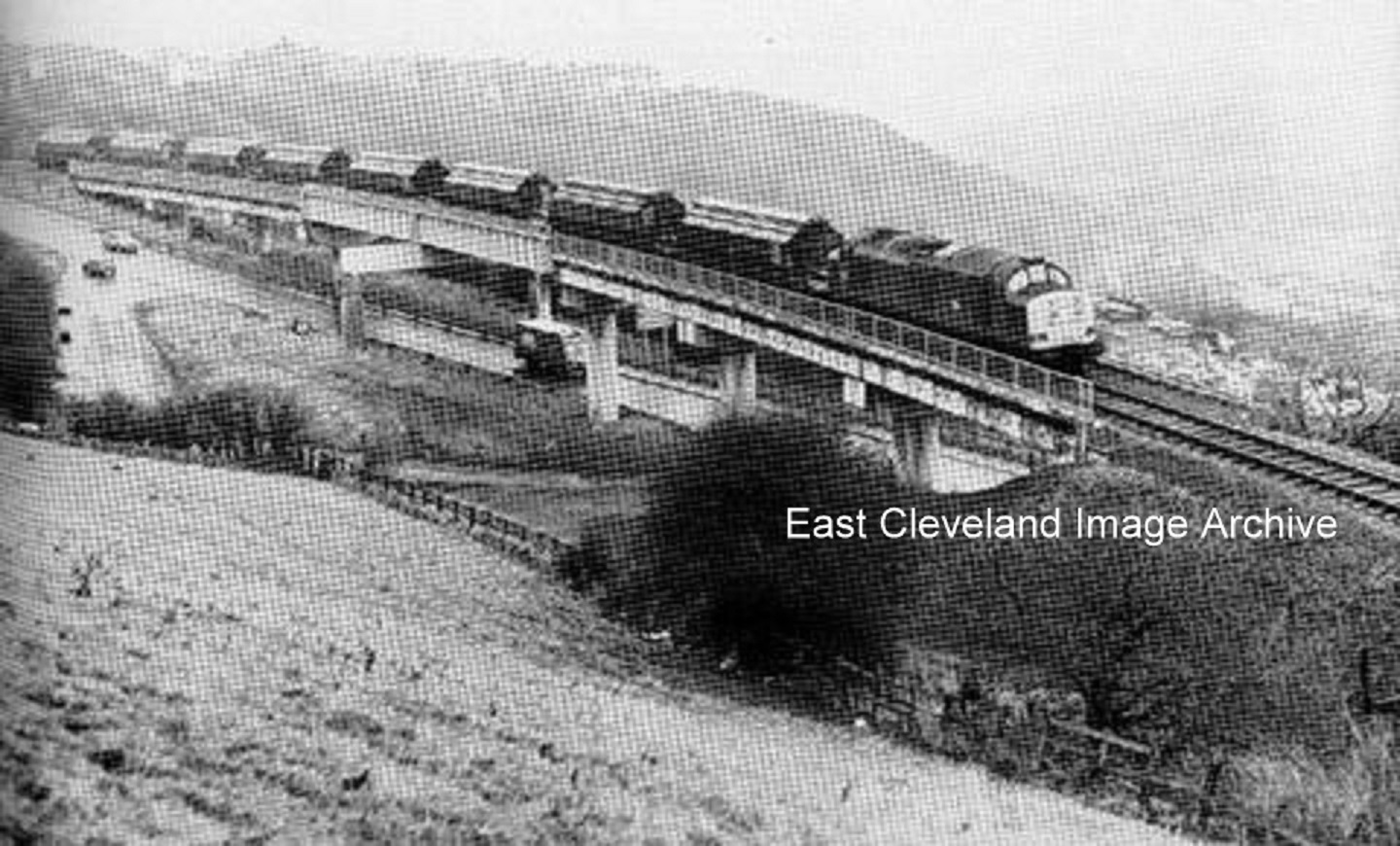
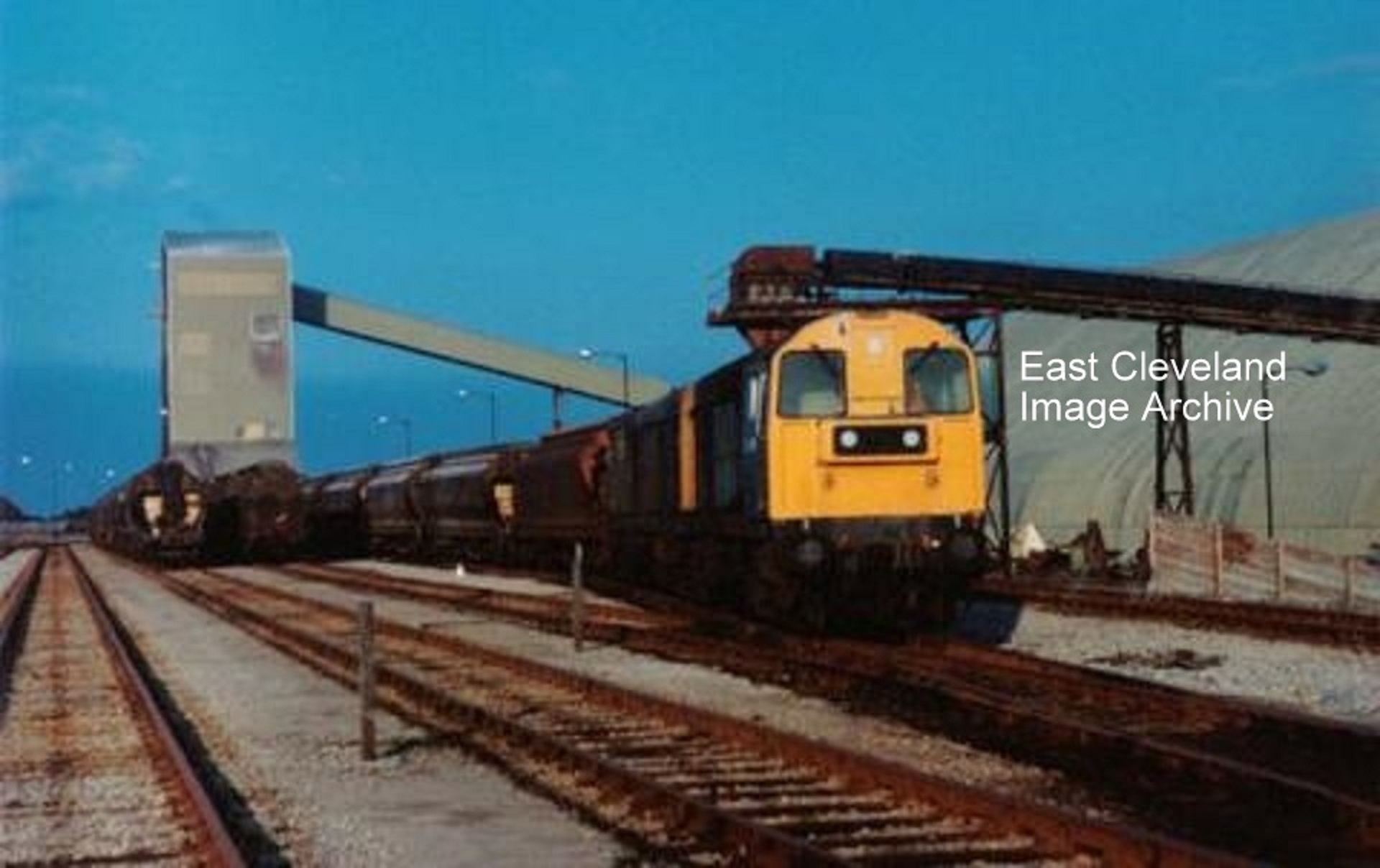
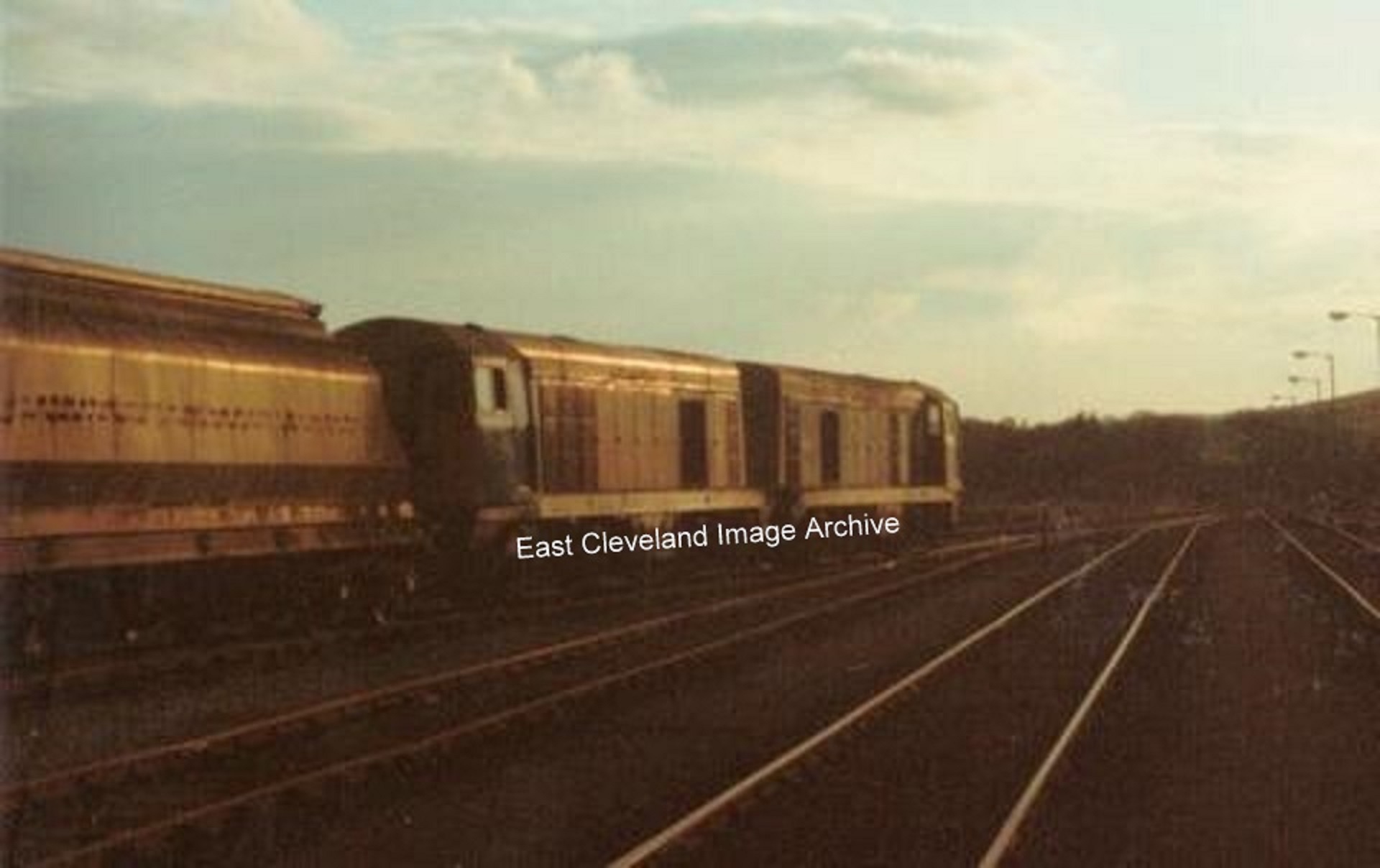
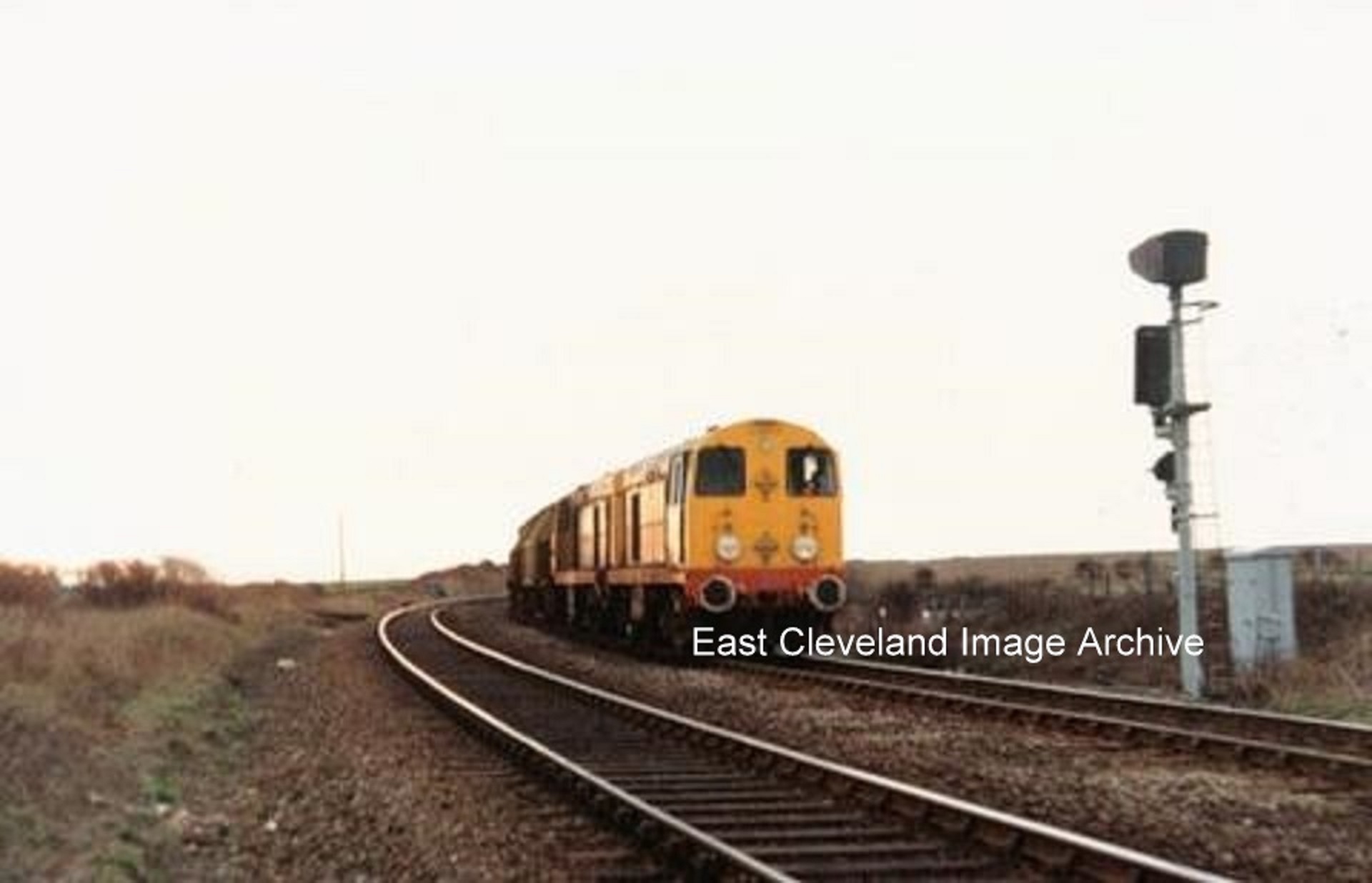
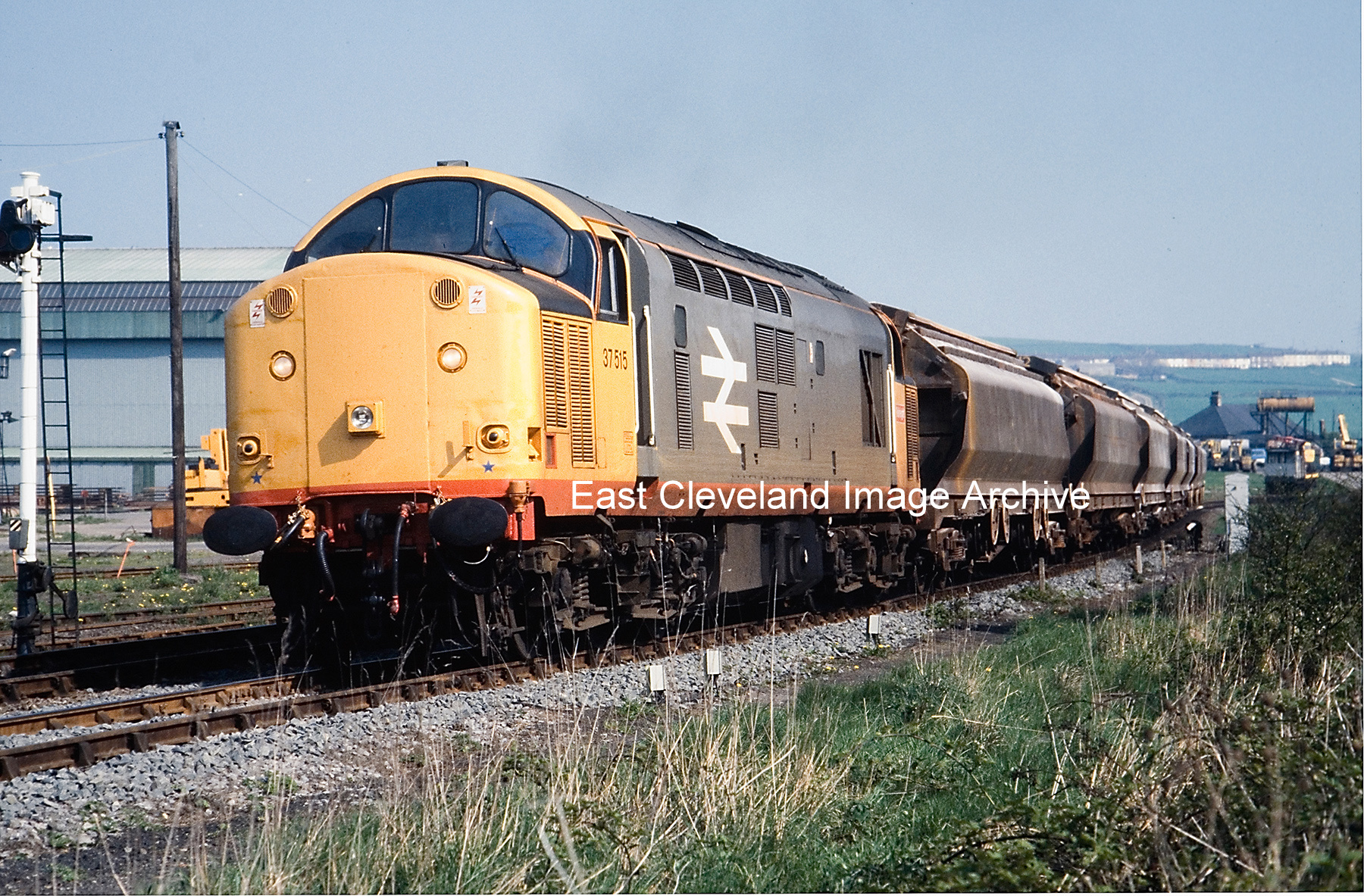
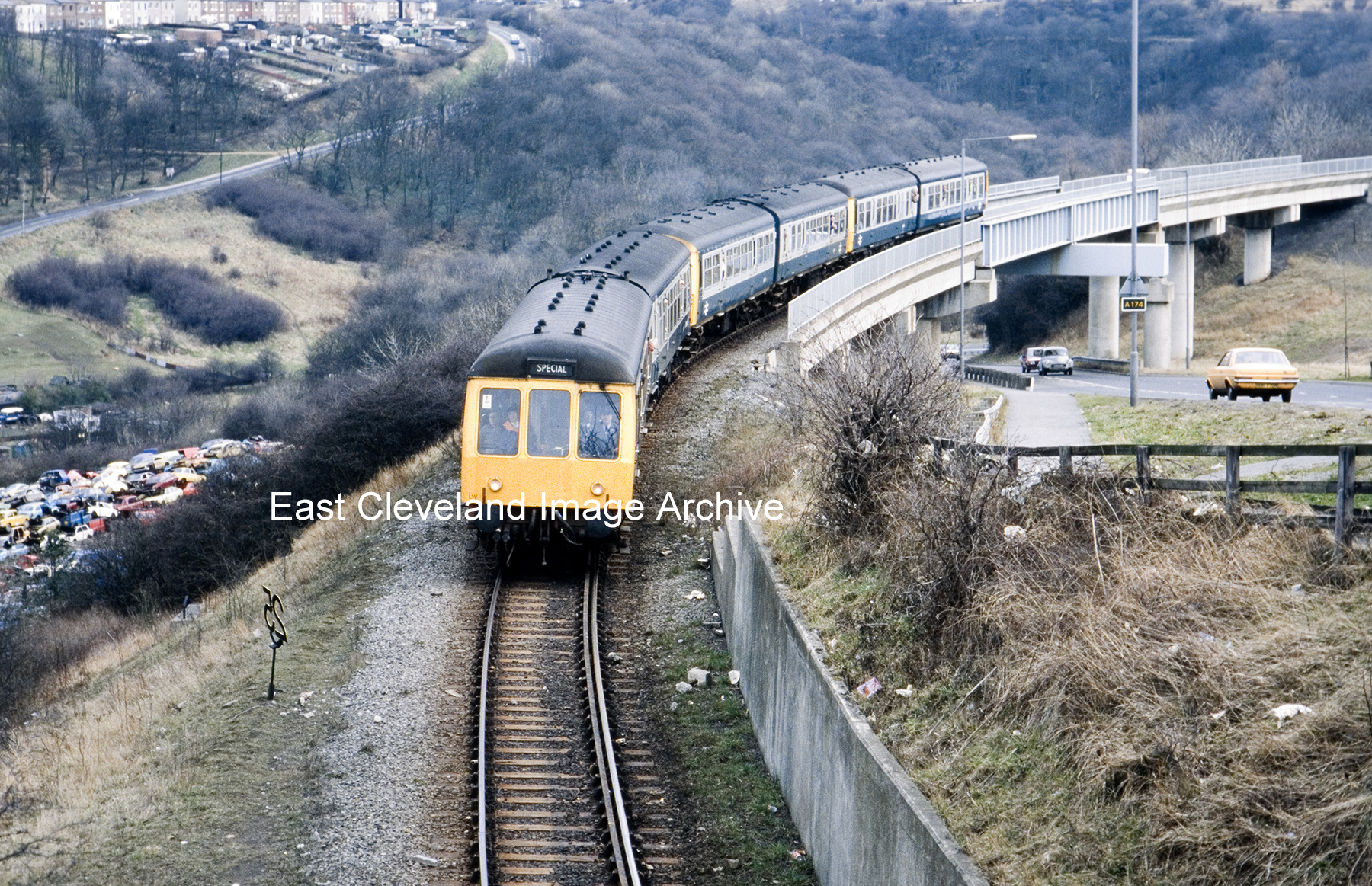
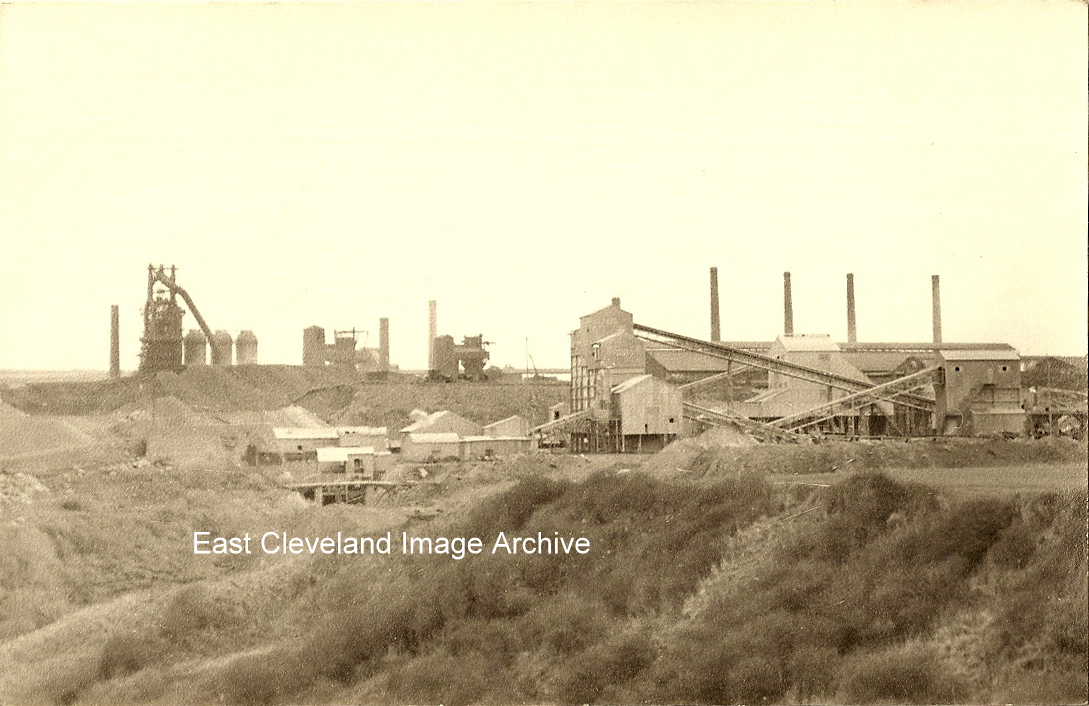
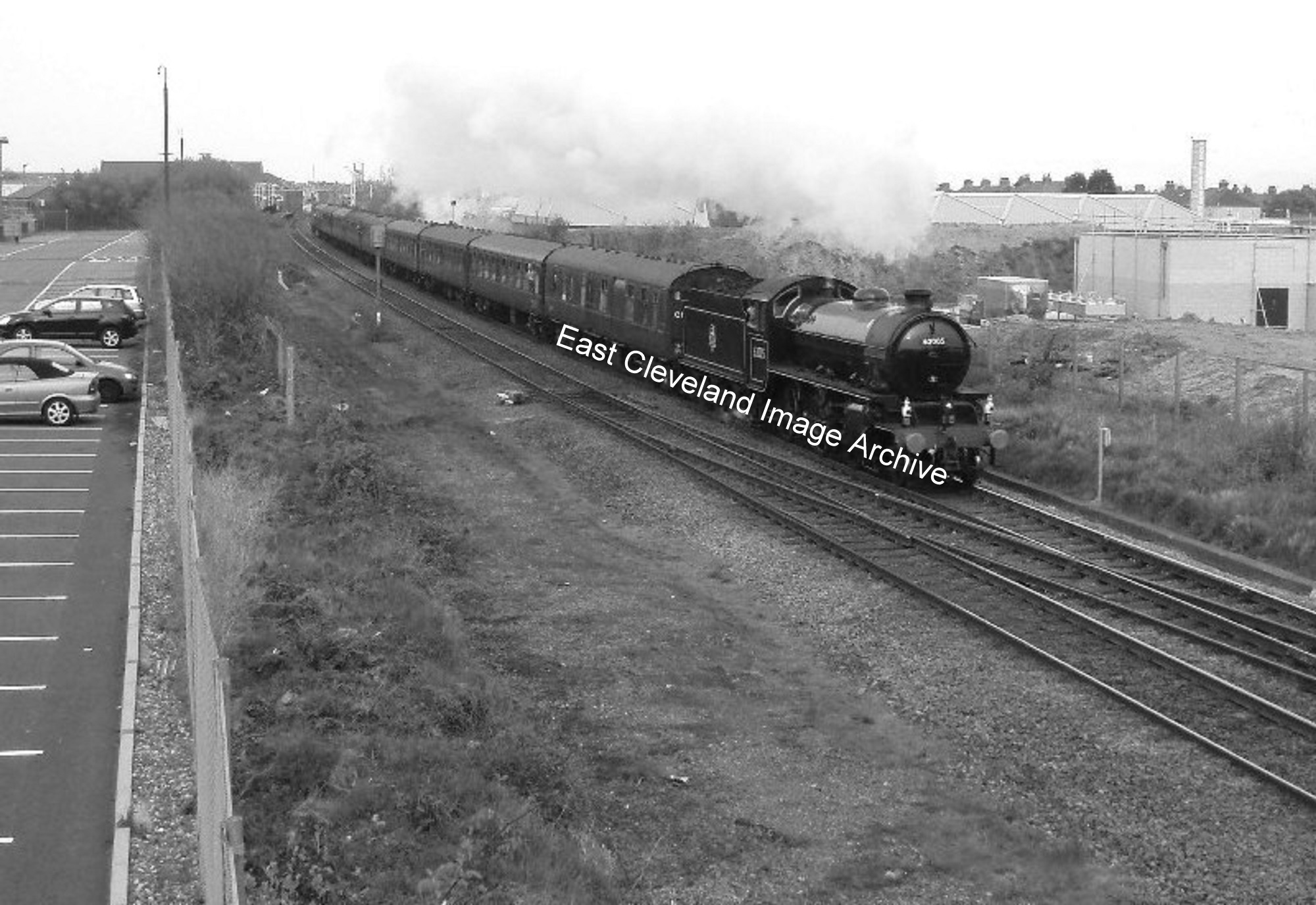
Recent Comments